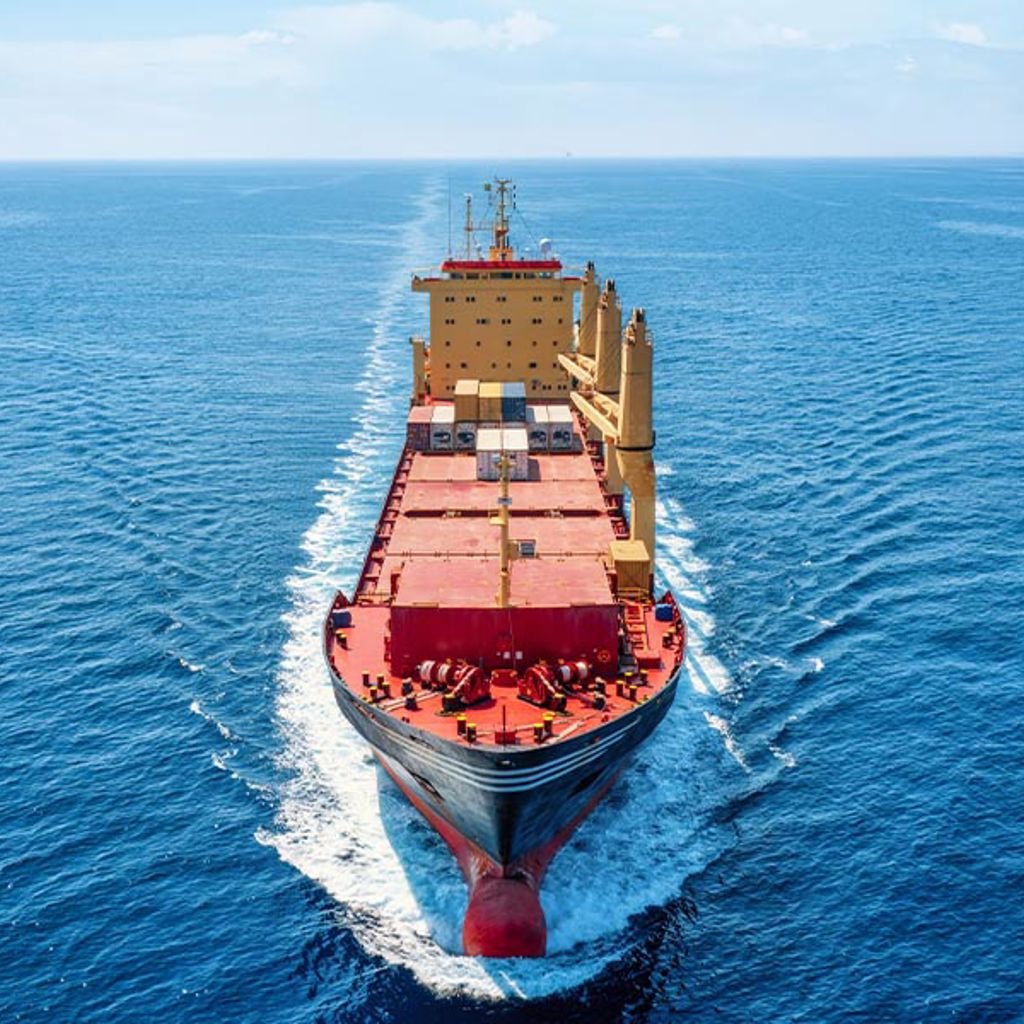Landmark study demonstrates carbon sequestration potential of rewilding in the UK
Findings will help pave the way for investors and private sector actors to invest in a greater diversity and scale of habitat restoration projects.

Last updated: 19th March 2024
Released today as a landmark report, findings of the Knepp Wildland Carbon Project set a benchmark in nature restoration data, demonstrating the carbon sequestration and storage potential of ‘rewilding habitats’, also known as process-led nature restoration projects, in lowland Britain.
A diverse range of process-led nature restoration projects which contribute so much in terms of carbon sequestration, biodiversity restoration, natural flood management and nutrient mitigation, could help expand the Voluntary Carbon Market (VCM).
Defra and the Environment Agency selected the project to be funded by the second round of the Natural Environment Readiness Fund (NEIRF). The research was led by the Knepp Estate who have been running one of the country’s most successful rewilding programmes for the last 20+ years. The research was also spearheaded by global sustainable development consultancy Arup and natural capital experts Nattergal, with project partners including Agricarbon, Treeconomy and Queen Mary University London, to quantify the effectiveness of rewilding as a means for mitigating climate change impacts.
Using the Knepp Estate as a live example for measurement and assessment to establish an industry baseline for nature restoration data, the report is the first published literature of its kind and one of the earliest global contributors to quantifying the effectiveness of rewilding as a means for mitigating climate change.
The findings indicate that the rewilding of scrub and grassland, sequester and store large volumes of atmospheric CO2 over at least their first 20 years, with most carbon sequestration initially below ground in the soil. It demonstrates that rewilding is an alternative investable climate solution, with estimated carbon sequestration rates of similar magnitude to those estimated for a newly planted native woodland, as calculated under the current version of the Woodland Carbon Code. This further underlines the need to update the way we assess carbon sequestration for all our habitats as current measures have identified limitations*. Beyond carbon, rewilding has the potential to deliver huge additional biodiversity benefits including supporting the return of priority UK species such as birds and butterflies.
The report provides pivotal evidence to help fill data gaps around the wider climate benefits of the dynamic habitat mosaics and soil health recovery that emerge through process-led, or rewilding nature restoration**. The new data could potentially enable rewilding projects to bundle carbon and biodiversity credits, achieving a higher price in ecosystem markets, such as the VCM, and help attract investment for habitat restoration projects, inclusive but not limited to wildflower rich grassland restoration.
The Knepp Wildland Carbon Project has also shown that carbon market prices need to better reflect the true value of nature recovery and to rise substantially before natural capital revenues can meaningfully incentivise process-led nature restoration more widely.
* Based on the calculation 5.2tCO2e/ha/yr indicating rewilding carbon sequestration rates are similar to that estimated by the current version of the Woodland Carbon Code’s carbon calculator for a newly planted native woodland, which focuses on the carbon captured above ground in the trees.
** Nature-based solutions (NbS) are defined as anything that involve working with nature to address societal challenges, supporting human wellbeing and biodiversity locally. This includes the protection, restoration or management of natural and semi-natural ecosystems. An approach to nature restoration, rewilding focuses on the re-instatement of ecological processes (often termed ‘natural processes’) such as seasonal flooding, habitat succession and naturalistic grazing. Rewilding can be characterised as being nature-led but human-enabled, with no predetermined end point.
What they say
It is critical we find ways to scale private investment in solutions that reduce carbon, reverse nature loss and strengthen resilience to climate change. This research takes us another step closer to realising a carbon price that could more fully reflect the carbon sequestration that occurs in our wild places as well as providing biodiversity benefits and additional ecosystem services.
Tom Butterworth
Director, Arup
The fact that carbon sequestration rates in rewilding projects are as fast as woodland planting over the first 20 years is a world changing piece of research. With only 26 years until 2050, climate solutions that are truly focussed on biodiversity are absolutely critical to meeting global climate and biodiversity commitments. This report will finally enable focussed investment into rewilding and biodiversity through the voluntary carbon markets.
Ivan de Klee
Project Initiator, Nattergal
News
Explore more decarbonisation related news
New study outlines pathway for zero-emission fuel development on Canada’s west coast
15th December 2025

Arup and Autodesk team up to accelerate industry-wide collaboration
17th June 2025

Arup and Environmental Defense Fund release new guide on port decarbonisation and environmental justice
13th March 2024

Arup selected to manage systemwide sustainability program for California High-Speed Rail
11th July 2023

Looking for a media contact?
Learn more about Arup
A global consultancy shaping infrastructure, buildings, energy and sustainability for the built environment.

